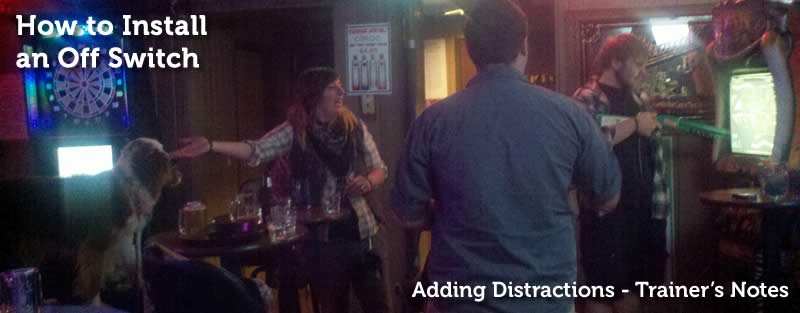
Trainer’s Notes
Don’t Test… Teach
When adding distractions and changing venues, keep in mind that success is key!
Ensure that the dogs are successful. One of the most important things to keep in mind is that when we add distractions or change venues, the dogs will fail. That is pretty much a given. Understanding that they are going to fail as we add distractions or step into a new situation, it is much easier to take the measures necessary to ensure that the dogs are successful instead of being shocked and embarrassed over how bad they are. This is very liberating as a handler.
This is not a proofing situation, it’s a learning experience. Don’t test the dogs at this time, teach.
So when adding distractions or changing venue, go back to basics — reduce the criteria and up the rate of reinforcement to ensure that the dogs are going to succeed.
Hazardous Duty Pay
As the situation changes or the challenge gets greater be sure to dole out some hazardous duty pay. Use high value treats with a high rate of reinforcement to make it worth the dogs’ while to stay on task and perform the skills amidst the increased distraction level.









